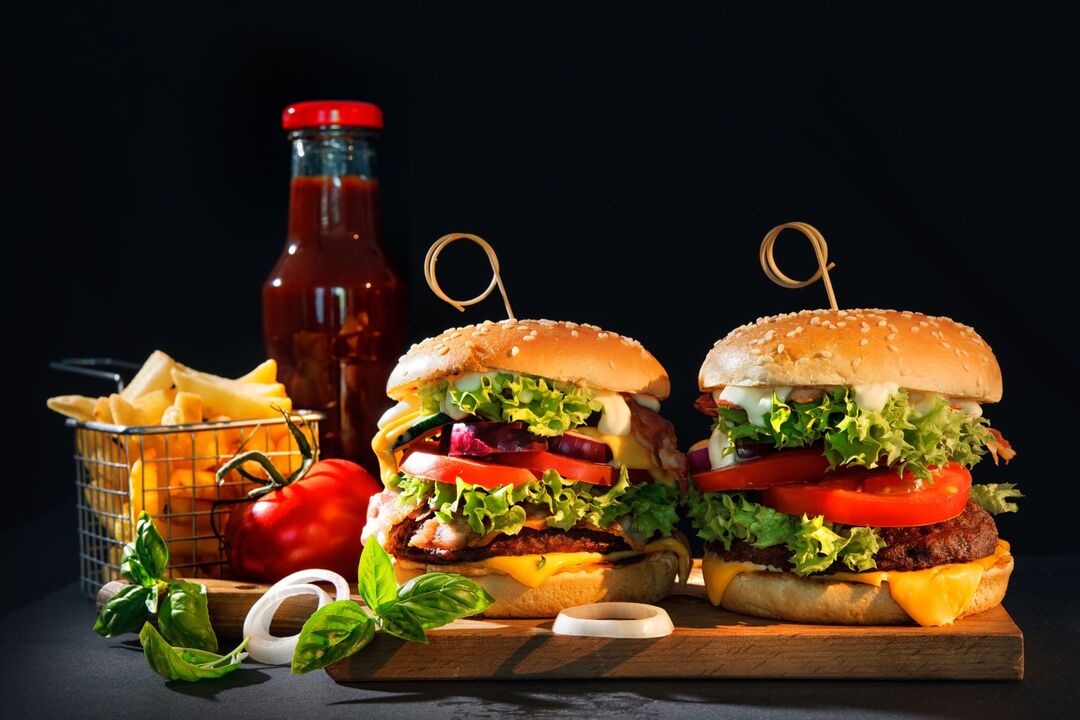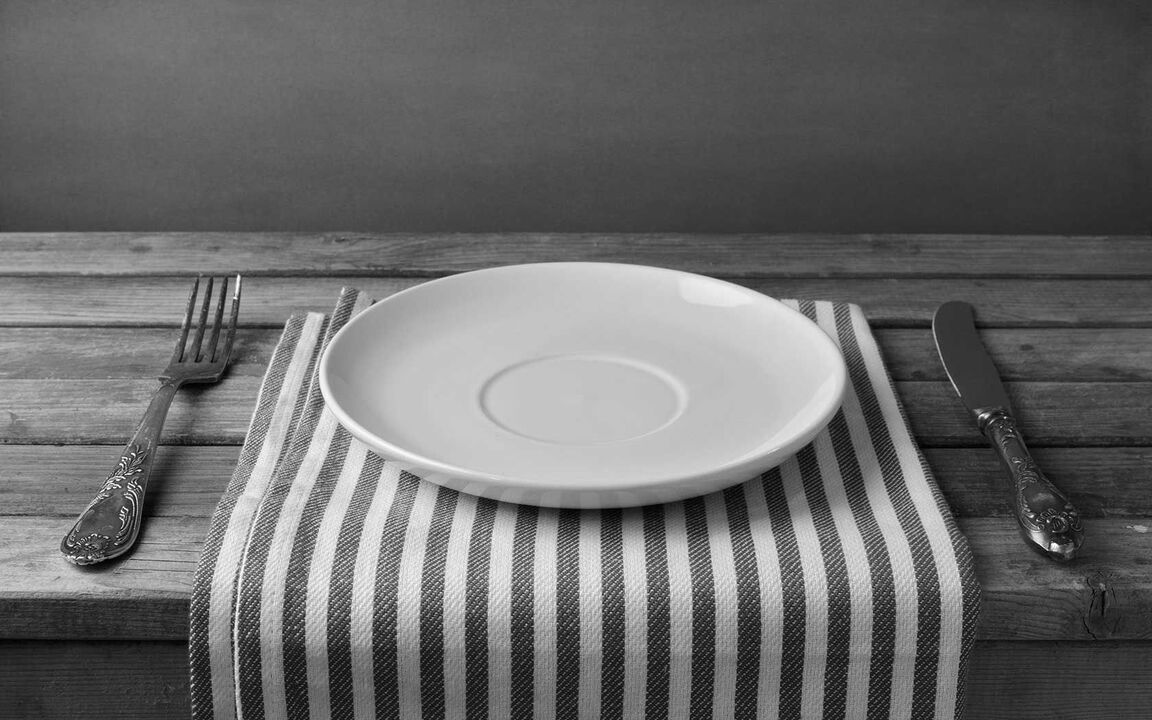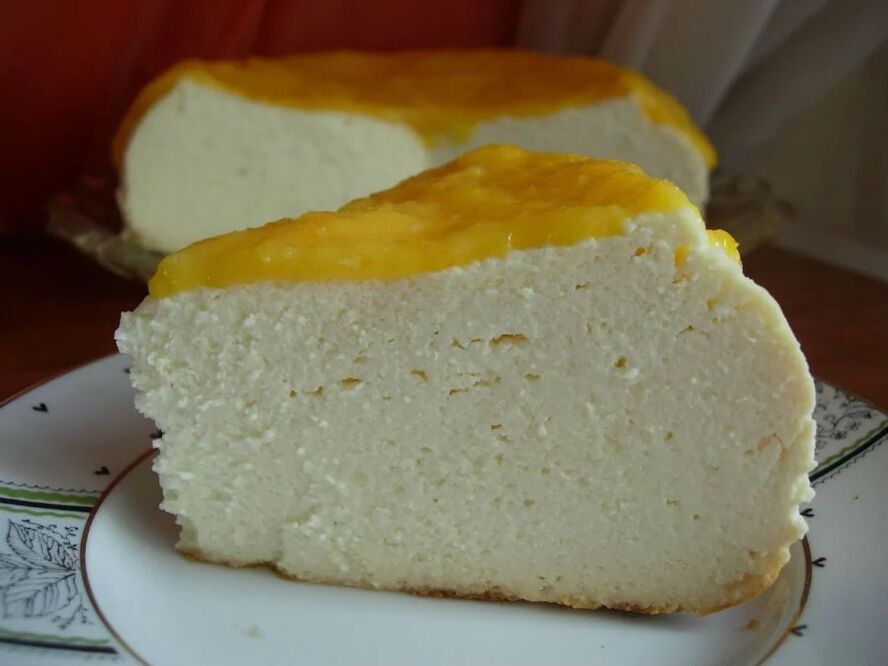
Treatment of pancreatitis includes not only the use of drugs that relieve spasms in the ducts of the body and normalize digestive processes, but also a complex therapy that includes diet. Compliance with this is very important, because in 90% of cases the development of pancreatitis occurs entirely with malnutrition and alcohol abuse. In other words, a diet with inflammation of the pancreas helps to eliminate the factor that causes the dysfunction of this organ. And if not eliminated, no medication will help prevent the disease from progressing further.
General Information
Before talking about how to eat with pancreatitis, it is necessary to say a few words about the disease itself and the mechanism of its development. As mentioned earlier, the main reason for its development is unhealthy nutrition and alcohol abuse. It is these factors that negatively affect the condition of the pancreas, put a heavy burden on it and stimulate the production of digestive enzymes.
If a person eats "heavy" foods regularly, sooner or later the pancreas begins to "get tired", which leads to damage to its cells and a decrease in the synthesis of digestive enzymes. This, in turn, leads to digestive disorders and further increase the load on the body. As a result, acute inflammatory processes develop in the pancreas, causing spasms in the ducts, through which the release of digestive enzymes into the duodenum. As a result, they accumulate in the pancreas and begin to digest their own cells, thereby causing severe pain attacks and necrosis (tissue death).
Thus, the development of acute pancreatitis occurs. And if its treatment is carried out incorrectly, inflammatory processes take a chronic form, and only then it is impossible to eliminate them. The peculiarity of chronic pancreatitis is that it tends to worsen from time to time and causes the same clinical picture that occurs in acute inflammation. Only in this case, the digestive processes in the pancreas are activated each time, as exacerbation occurs, which sooner or later leads to complete dysfunction of the gland.

Proper nutrition for inflammation of the pancreas often prevents exacerbations and prevents the development of the disease. In this case, the diet completely removes nutrients from the patient's diet, which creates a strong load on the gland, which allows it to be kept at rest for a long time.
Keep in mind that the function of the gallbladder and liver depends on the function of the pancreas, which leads to the development of hepatitis, which significantly complicates the treatment process. And if you start developing pancreatitis, you have serious health problems that make a person's well-being worse.
Therefore, when the first signs of the disease appear, doctors should conduct a thorough examination, which allows you to adequately assess the function of the liver and pancreas, as well as other organs that make up the gastrointestinal tract. When their function is impaired, the patient needs additional therapy to help restore function.
Acute inflammation and chronic exacerbation: diet
The symptoms of pancreatitis are obvious. First, a person has an attack of acute pain, which can be localized in both the right and left hypochondrium, depending on which part of the body is inflamed. In this case, the painful syndrome is always shingles in nature. It covers not only the hypochondrium region, but also virtually the entire abdominal cavity, and can spread to the shoulder blades, lower back, and sternum. The pain simply squeezes the patient, and each movement makes him stronger.
In case of inflammation of the pancreas, the general clinical picture can be added:
- increase in temperature;
- nausea and vomiting;
- diarrhea;
- chills;
- weakness;
- skin whitening, etc.
In case of acute pancreatitis and exacerbation of a chronic patient should be hospitalized immediately, because only qualified medical care will prevent self-digestive processes in the pancreas and stop the pain syndrome. In this case, only drug treatment is used, all drugs are given either intravenously or intramuscularly.
Diet also plays an important role in the treatment of acute or exacerbated chronic inflammation. And if we talk about what you can eat in this situation, the answer is simple - nothing. The patient will be hungry for a few days, as this is the only way to reduce the secretion of digestive enzymes and reduce inflammation.

All that is allowed during a severe attack is to drink very small amounts of still mineral water and regularly. For the first time, the patient is allowed to eat only when doctors are able to completely stop the attack. As a rule, this happens within 2-3 days.
In this case, all dishes should be served only hot and in the form of puree. Use during this period is allowed:
- mashed potatoes cooked in water without the use of milk and fat;
- porridge on water;
- jelly;
- compotes;
- crackers.
The patient will have to follow such a diet for about 2-3 weeks. And only after all the symptoms of acute inflammation of the pancreas disappear, it is added to the diet:
- low-fat fish and meat;
- fermented milk and dairy products;
- milk soups and cereals;
- vegetable and fruit juices;
- dried bread.

The "normal" diet should be followed gradually and only for 8-10 weeks after inflammation. In this case, it is necessary to follow some restrictions and rules that will prevent the recurrence of the attack. You will now learn what diet is prescribed for patients with pancreatitis.
Diet after the attack is stopped
Thus, the above diet was no longer prescribed for inflammation of the pancreas. But what to do after the attack has already been arrested and the patient's condition has returned to normal? Since pancreatic cells do not have the ability to heal themselves, the patient must follow a diet with its own characteristics to prevent their further destruction and dysfunction of the body:
- food should be given hot (hot and cold foods irritate the pancreas and can cause an attack of pain);
- all dishes must be steamed or cooked;
- parts should be small (this will reduce the load on the pancreas);
- It is necessary to eat 5-6 times a day, the last meal should be no later than 2 hours before bedtime (with pancreatitis, eating at night is prohibited).
There are some foods that should not be eaten with this disease. These include:
- all oily fish and meat;
- fried and fatty foods;
- Salo;
- smoked meat;
- fresh confectionery;
- fresh dough;
- high-fat milk and fermented milk products (more than 1. 5%);
- sausage;
- semi-finished products;
- Canned food;
- hot spices and sauces;
- carbonated and alcoholic beverages.

When talking about the diet you should follow with pancreatitis, you should pay special attention to alcohol consumption. Some people who suffer from this disease believe that if you drink 50-100 ml of alcohol a week, there is nothing wrong with it, because such doses of alcohol are even considered beneficial for the body. Normally this is true, but not with pancreatitis.
Alcoholic beverages contain ethyl alcohol, which has a destructive effect on the body's cells and also increases appetite, as a result of which a person involuntarily begins to eat more. And this leads to an increase in the load on the pancreas and increases the risk of pain. Therefore, people diagnosed with pancreatitis are strictly forbidden to drink alcohol, even in small amounts.
Permitted products include:
- lean meat - turkey, chicken, rabbit, veal;
- lean fish;
- buckwheat, rice, semolina, pasta, lentils;
- vegetables and fruits;
- juices (only unpackaged);
- eggs;
- dried bread products;
- biscuits without cream and chocolate filling;
- milk, cheese, cottage cheese;
- kefir, fermented baked milk.
All of these foods can easily make up your diet menu in a week. Moreover, every day will be different. For example, meat can be easily made into meatballs, cutlets, meatballs, etc. From cottage cheese - casserole and cheese cakes. Vegetables can be used for both side dishes and salads. The key is to use your imagination.
However, it is important to keep in mind that your doctor may prescribe medication. They will help improve digestion and prevent the disease from getting worse.
Diet recipes
On the Internet you can find many recipes for diet foods that are allowed to be consumed with pancreatitis. They will help you easily create a rough menu for the week. For example, the recipe for cottage cheese pudding, which can be used for both breakfast and afternoon snacks, is very popular. To prepare it, you will need the following items:
- nonfat cottage cheese - 350 g;
- chicken eggs - 4 pieces;
- low-fat sour cream - 80 g;
- granular sugar - 100 g;
- starch - 1 tablespoon;
- semolina - 1 tbsp
To make curd pudding, you first need to beat the curd well with a blender or mixer to get a homogeneous air mass. Then add the chicken egg yolks (you need to put the whites in the fridge for a while) and mix everything well again. Then, add sour cream, semolina and starch to the resulting mass and beat everything again with a mixer.

After that, remove the proteins from the refrigerator, beat until a peak is formed, and gradually add sugar to them. After that, you need to combine the proteins with the curd mass, mix them gently with a spoon, but not with a blender.
As soon as the curd is firmly cooked (it should be liquid), it should be poured into a parchment-lined baking dish. The form should be covered with foil and then placed in an oven preheated to 180 degrees for 30 minutes. After this time, the foil should be removed and the pudding should be cooked for about 15-20 minutes. The oven should be turned off as soon as it is ready, but do not open the door immediately, as the pudding may collapse. Allow to cool slightly for 20-30 minutes, after which it can be served.
There is another recipe for cooking a dish that is allowed to be consumed with pancreatitis. And this is chicken and cauliflower puree soup. To prepare it you will need:
- su - 2 l;
- potatoes - 2 pieces;
- cauliflower - 5-7 inflorescences;
- carrots - 1 piece;
- chicken breast - 300-350 g.
Pour 1 liter of water over the chicken breast and cook on low heat. After boiling, boil for 20 minutes, then drain the water and refill the breast with water and cook until fully cooked. Then you need to drain the broth again, take the breast, cool it and slide it several times through a meat grinder.
After that, peel the carrots and potatoes, rinse under running water and cut into cubes. Vegetables should be poured with water and put on fire. After boiling, cook for 10 minutes, then add the cauliflower and continue to cook for about 7-10 minutes without reducing the heat.

When all the vegetables are ready, they should be removed from the resulting vegetable broth, chopped with a mixer or rubbed through a sieve and then mixed again with the broth, only this time we put the chopped chicken inside. If pancreatitis is in stable remission, the soup can be slightly salted and fresh herbs can be added.
There are many recipes for preparing dietary dishes. The main thing is not to confuse this range and use only products that are approved for pancreatitis. And the doctor should give more information about them.






























